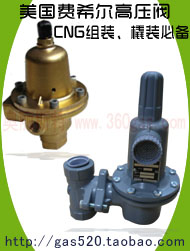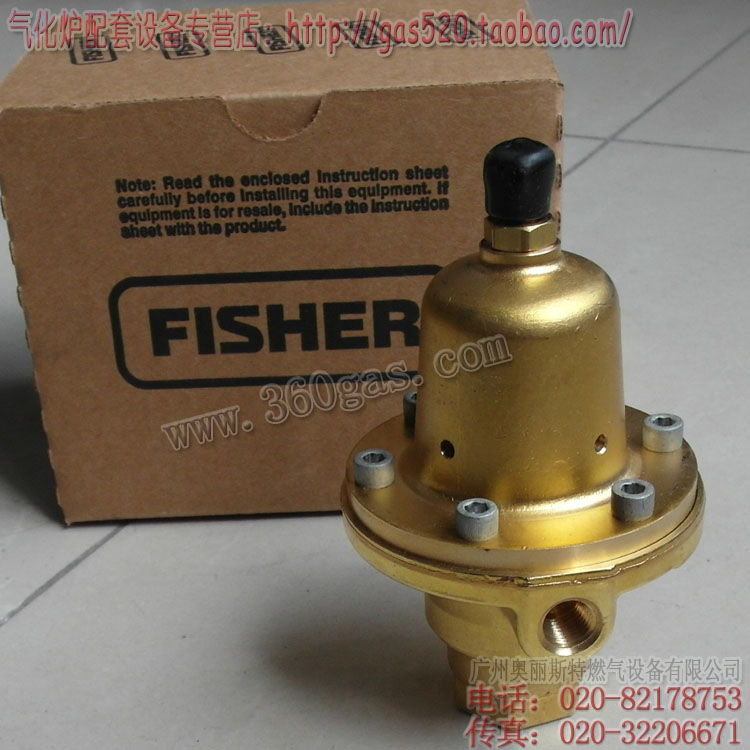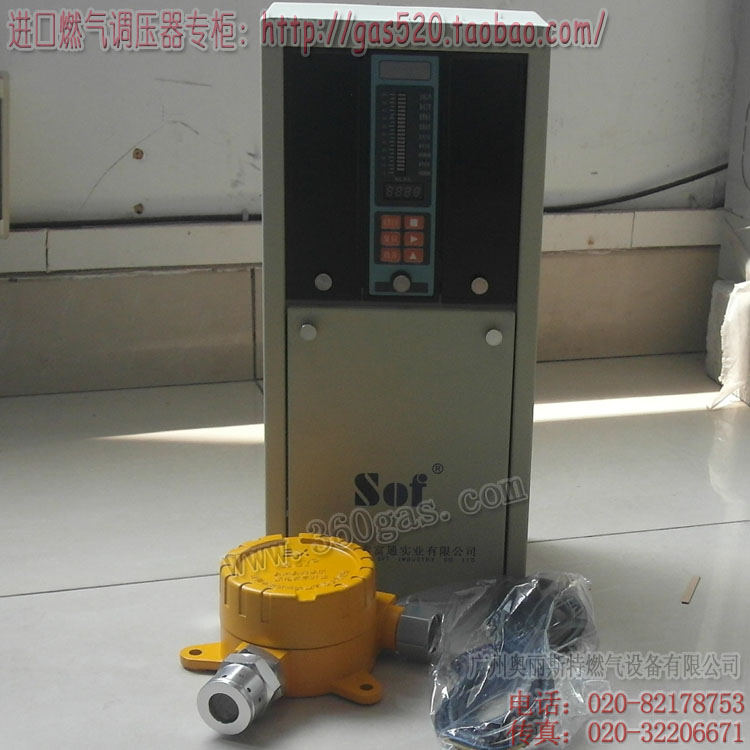位置:首页 > 燃气资讯 > 大容量LNG燃料驳船概念亮相/Lar
大容量LNG燃料驳船概念亮相/Large Volume LNG Bunker Barge Concept Unveiled
浏览次数 1012 , 日期 2013-06-14 , 燃气设备 加入收藏
 校长批准(AIP)从挪威船级社(DNV)对LNG燃料罐设计
校长批准(AIP)从挪威船级社(DNV)对LNG燃料罐设计
近海石油和天然气工程专家NLI解决方案(NLI)已发展成为LNG燃料驳船NLI LNG储罐设计基于一个概念。进一步发展的概念已经在设计研究与海事部门的劳斯莱斯和威尔森技术解决方案(WTS)。
LNG作为船用燃料油利息迅速提高,但一个限制因素是实际可用的LNG掩体设施。LNG加油船经常被描述为“缺少的环节”的LNG供应链。今天,只有一个实例存在,能够携带187立方米的LNG,尽管远洋船舶需要掩体几千立方米。
板载电源和推进的HighTechBarge(HTB)美联储环保燃气发动机。HTB熬气体处理和气体输送到发动机在船尾甲板上有一个大型气压罐。
NLI LNG储罐设计IMO-B标准,是一个棱形,大气和自收自支LNG钢罐与艺术低温绝热状态。它有一个容量为4000立方米的液化天然气,将配备一个新的绝缘系统的与煮沸废气的非常低的水平。
由于重新冷凝设备是昂贵的,需要很大的空间,这样的小装置,并具有非常低的效率,多余熬气体可以被输送到岸上天然气管网时,的驳船是不是在加油作业。驳船也可以到岸上电网提供电力。
规划研究已开展之间:
•雷士 - 负责设计,卑尔根燃气发动机,吊舱驱动器和桥梁系统;
•TI海洋承包(WTS) - 负责保温系统;
•NLI - 罐,液化气/天然气系统,供油系统负责。
•DNV(挪威阶级社会挪威船级社) - 评价的驳船概念就在现有的法规和规章的限制和可能性
LNG储罐的设计AIP
WTS及NLI已获得原则性批准(AIP)从挪威船级社(DNV)共同开发的LNG燃料罐的设计。自2009年以来,两家公司曾开发的LNG燃料罐设计响应从船东使用LNG作为船用燃料越来越大的兴趣。该坦克
Liquiline的,DNV和Marintek的的LNG油箱开发项目的第一阶段共同出资由挪威研究理事会的的MAROFF程序,威尔森海事顾问,参与合作伙伴的发展。
NLI LNG储罐设计的应用程序,包括船上LNG燃油舱,坦克碉堡对液化天然气的船只,小型液化天然气运输船和小中型坦克在陆地上。这首由挪威船级社(DNV)的AIP是有效的,系统将被用作船用LNG燃料罐。
转向使用LNG船舶推进据说是从煤到石油的转变,但额外的环境效益,降低二氧化碳排放量显着。天然气价格预计将保持竞争力随着时间的推移,与柴油和馏分油产品相比也将有一个显着的经济利益,为船东。
Approval in Principal (AiP) from DNV on LNG fuel tank design
Offshore oil and gas engineering specialist NLI Solutions (NLI) has developed a concept for a LNG Bunker Barge based on the NLI LNG tank design. The concept has been further developed in a design study together with the Marine division of Rolls-Royce and Wilhelmsen Technical Solutions (WTS).
Interest in LNG as a marine fuel is rapidly increasing, but one limiting factor is practical availability of LNG bunker facilities. LNG Bunker Barges are often described as the ’missing link‘ in the LNG supply chain. Today, only one example exists, capable of carrying 187 m3 of LNG, even though ocean-going ships need to bunker several thousand cbm.
Onboard power and propulsion for the HighTechBarge (HTB) are fed by an environmentally-friendly gas engine. The HTB has a large pressure tank on the aft deck for boil off gas handling and gas delivery to engine.
The NLI LNG tank is designed to IMO-B standards and is a prismatic, atmospheric and self-supporting LNG steel tank with state of the art cryogenic insulation. It has a capacity of 4000 m3 of LNG and will be fitted with a new insulation system with very low levels of boil off gas.
Since re-condensation equipment is expensive, takes a lot of space, and has very low efficiency for small installations like this, excess boil of gas can be delivered to a shoreside gas grid when the barge is not on bunkering operations. The barge can also deliver electric power to a shoreside electric grid.
Planning for the study has been carried out between:
• NVC – responsible for design, Bergen gas engine, pod drives and bridge systems;
• TI Marine Contracting (part of WTS) – responsible for insulation systems;
• NLI – responsible for tank, LNG/gas systems, bunkering systems.
• DNV (Norwegian class society Det Norske Veritas)– evaluation of the barge concept with respect to limitations and possibilities within the existing codes and regulations
LNG Tank Design AiP
WTS and NLI have received Approval in Principal (AiP) from DNV on their jointly-developed LNG fuel tank design. The two companies have worked on the development of a LNG fuel tank design since 2009 in response to growing interest from shipowners to the use of LNG as a marine fuel. The tank
The first stage of the LNG Fuel Tank development project was co-financed by the Norwegian Research Council’s MAROFF program, and Wilhelmsen Marine Consultants, Liquiline, DNV and Marintek participated as partners in the development.
The NLI LNG tank is designed for applications including ship board LNG bunker tanks, tanks for LNG bunker vessels, small LNG carriers and small to medium sized tanks on land. This first AiP from DNV is valid for the system to be used as marine LNG fuel tanks.
The shift towards the use of LNG for marine propulsion is said to be as significant as the shift from coal to oil but with the additional environmental benefit of lower CO2 emissions. There will also be a significant financial benefit for ship owners as gas prices are expected to remain competitive over time compared with to diesel and distillate products.








